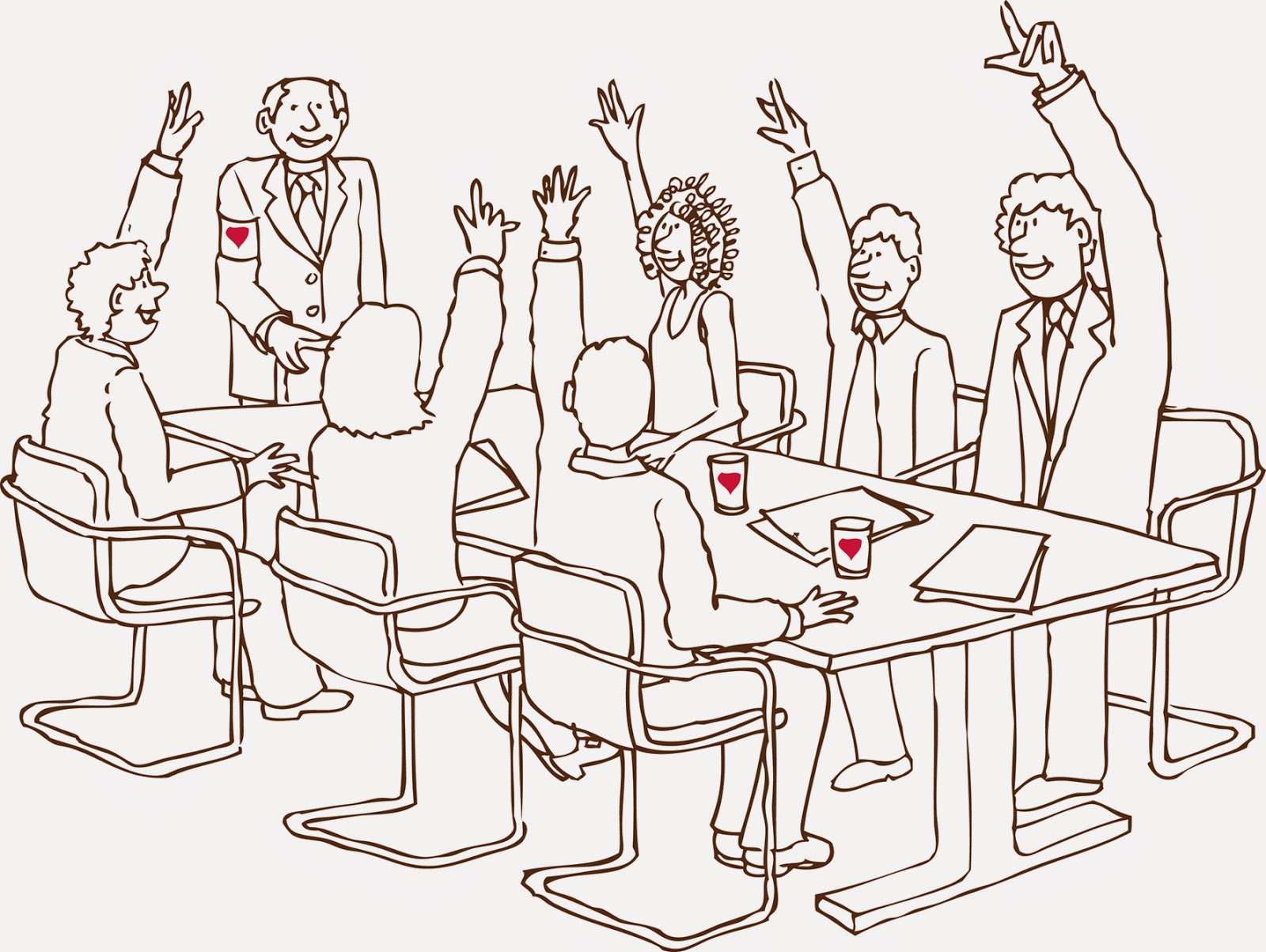 Volkswagen Financial Services (VWFS) had five new values.
Values Woodreed needed to bring to life, launching and embedding them firmly in
the hearts and minds of employees. We’d created individual graphics
for each value, abstract representations of people, each with its own
personality to symbolise the value. Each graphic told its own story, but also
came together to create the bigger more powerful story of ‘Living our spirit’.
Volkswagen Financial Services (VWFS) had five new values.
Values Woodreed needed to bring to life, launching and embedding them firmly in
the hearts and minds of employees. We’d created individual graphics
for each value, abstract representations of people, each with its own
personality to symbolise the value. Each graphic told its own story, but also
came together to create the bigger more powerful story of ‘Living our spirit’.
A storyboard for a full length animation was written to
allow each value to tell its own story, each of which would be accompanied by
an individual musical soundtrack. We advised our client that rather than use music
‘off the shelf’, a unique set of values deserved a unique score of music from a
composer of note. Luckily they agreed!
Choosing the right composer was key. Our target audience was
broad so our score needed to feel timeless to give it maximum appeal to all. It
was important to get the balance right; not too modern/electronic, not too traditional.
We finally settled on Antony Pitts[i],
a renowned musical composer, director and sound design artist, who had the
ability to play, record and mix - all under one roof. Perfect!
Whilst each track would have its own identity and evoke
different emotions, we wanted them to all work together to form a complete
sound track that would be bold, ‘anthemic’ and above all memorable.
Antony Pitts picks up the story:
“Dave Wilson, Woodreed’s Creative Director, approached me to compose, score, and record an animation soundtrack. He wanted an ‘inspiring anthem’ and had detailed ideas about what kind of music should go with each of the five values. He needed music that would build up from five separate directions and also work together as a single track. As he suggested, we mixed together real and electronic instruments - we used a real piano and trumpet (me), a flute (my wife Karen Pitts), and Dave himself played a sampled drum kit, all held together by an acoustic tambourine rhythm.”
Here’s the
detail for each value:
Customer
A simple
grand piano tune in which more notes are added as the numbers increase
on-screen.
The idea of a folk round-dance led to the collective of flute, fiddle, accordion, and triangle.
Trust
A ‘trusted’
synth bass doubled two octaves above to which was added a simple hi-hat figure.
Courage
The
military snare drum is combined with a real bugle, part-electronic horn section
and their martial themes are crossed with jazzier outbursts.
Enthusiasm
The
Hollywood string section arrives on the scene accompanied by a full percussion
department with handclaps and finally faux-lead guitar.
The
resulting piece was a two minute ‘brandthem’ that helped put the new values on
the pedestal they deserved, launching them with pride, conviction and energy to
a delighted crowd.
Do have a listen and we hope you enjoy it.
Do have a listen and we hope you enjoy it.
[i]
Antony Pitts (born 1969) is one of several composers in his family; he
was an Academic Scholar and Honorary Senior Scholar at New College, Oxford
where he founded TONUS PEREGRINUS and in 2004 won a Cannes Classical Award for
their #1 debut album Passio. He joined BBC Radio 3 in 1992 and
received the Radio Academy BT Award in 1995; as a Senior Producer he won the
Prix Italia in 2004. He joined the Royal Academy of Music in 2001 where
he was Senior Lecturer in Creative Technology until 2009. Antony’s music
has been premiered at London’s Wigmore Hall and Westminster Cathedral, the
Amsterdam Concertgebouw, the Berlin Philharmonie Kammermusiksaal, and part of
his Requiem at private memorials for former Soviet agent Alexander
Litvinenko.
